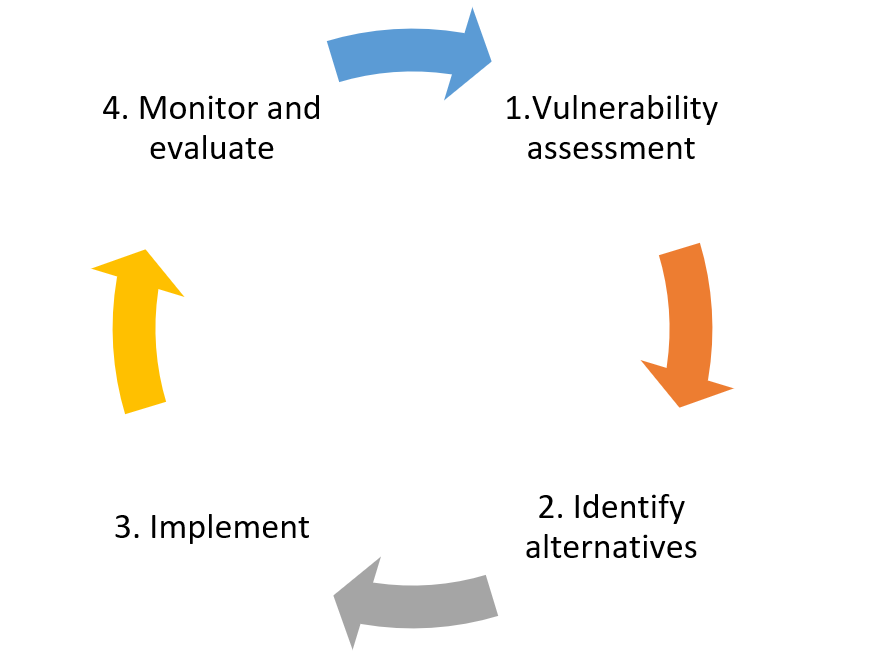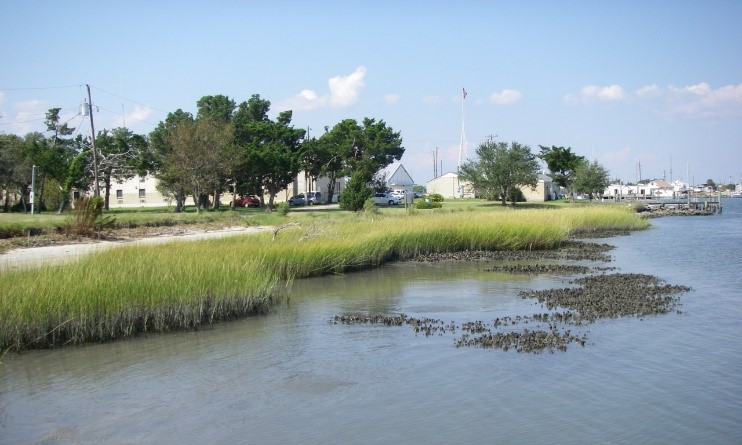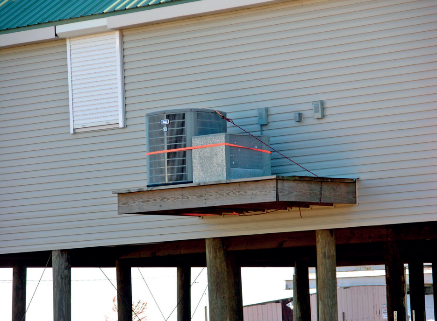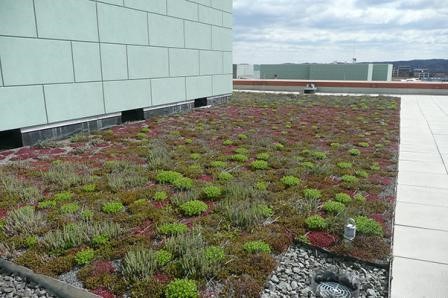July 2019 – It’s Time for More Resilient Infrastructure: Reducing Risk Through Adaptation
/The 16 critical infrastructure systems identified by the Department of Homeland Security
Our nation’s infrastructure faces increasing risks from extreme weather and other changes to climatic conditions. The U.S. Department of Homeland Security has identified 16 critical infrastructure systems that are essential to our security and economic prosperity. These systems depend on various physical facilities and assets to provide a range of essential services like energy, clean water, transportation, and communication. Examples of essential assets include roads, bridges, power plants, electrical transmission lines, water treatment plants, and communication towers, all of which are potentially vulnerable to severe weather and other effects from climatic changes.
This Pulse article identifies current and likely future changes to the environment and explores the concepts of adaptation and resilience as they apply to infrastructure.
Changes in Climatic Conditions and Their Effects
Over the past several decades, scientists have observed a marked increase in the number, severity, and duration of extreme weather events including hurricanes, severe thunderstorms and tornadoes, changes in rainfall, and wildfires. Furthermore, scientists believe that in the future, it is likely that these types of events could occur more frequently or with greater intensity. An increase in the number and severity of these severe-weather events creates several risks for our infrastructure systems.In addition to extreme weather events, scientists have observed significant changes in other climatic conditions such as: rising average surface temperatures, increasing precipitation rates in some areas and decreased precipitation in others, decreasing snow and ice cover, and a rise in global sea level. These types of changes are more gradual and long-term, but they can still have potentially significant economic and societal consequences.
These changes in extreme weather and other aspects of climate can affect infrastructure in many ways. For example:
More frequent and severe hurricanes and thunderstorms, as well as heavier rainfall in some areas can all lead to increased flooding.
Sea level rise can exacerbate impacts of severe weather in coastal areas, and lead to increased nuisance or sunny-day flooding.
Higher temperatures and decreased rainfall can lead to wildfires.
Rising temperatures can create additional demand for cooling energy, straining our energy systems.
Declining precipitation can lead to drought and depletion of non-renewable groundwater resources.
Resilience and Adaptation in Human Systems
Resilience is the ability of a system to recover from a sudden shock, such as an extreme weather event. Resilient infrastructure systems are designed to be able to withstand events such as hurricanes and floods without suffering a loss in service. For example, coastal infrastructure assets can be designed with hard or soft features (such as seawalls or sand dunes) to protect them from storm surges.
Adaptation is the long-term response to gradual changes in the environment, such as rising temperatures and changing precipitation rates. For example, new power plants can be designed to operate more efficiently at higher ambient temperatures that are more reflective of current and future conditions, while stormwater systems can be built to accommodate higher rainfall rates at the 100- or 500-year return interval.
Seawalls and vegetated dunes are examples of measures that can be implemented to protect coastal communities and infrastructure from the effects of
sea level rise and storm surges (Photo credits: Wikipedia; Wikimedia Commons).
A Planning Framework for Resilience and Adaptation
Planning for adaptation and resilience may seem to be a daunting task at first, but it can be broken down into a series of more manageable steps. This section briefly describes a general approach to planning for resilience and adaptation that can be used by any organization, no matter its size or mission.
Conduct Vulnerability Assessment
The first step in planning is to understand your vulnerability, which is a combination of exposure and sensitivity. These factors can be understood by answering the following questions:
What is the facility’s exposure to climate change? For example, is the facility located on the coast and exposed to rising sea levels and hurricanes? Is it located in a drought or flood-prone area, or is it likely to be affected by more frequent wildfires?
What is the facility’s sensitivity to the types of climatic changes it is exposed to? In other words, what is the anticipated damage from the predicted changes?
Once the facility’s vulnerabilities are better understood, it may be helpful to conduct a risk analysis, which considers the likelihood of each vulnerability and the severity of impacts to the facility’s mission. Risk analyses support prioritization of response strategies and the allocation of resources.
Identify Alternatives
The second step is to analyze alternative response strategies to address the prioritized vulnerabilities.Facility managers should identify a range of alternative solutions and select the most appropriate strategy based on the type of asset and its vulnerabilities, along with other factors such as local conditions, cost-benefit analyses, and stakeholder priorities.
Implement Strategies and Monitor Results
Once an appropriate strategy has been selected, the organization needs to implement the strategy, including budgeting and allocating appropriate resources. It is recommended that organizations put a monitoring plan in place, both to ensure that the selected strategy is providing the expected benefits and to support outreach and education efforts within the organization and in the broader community.
Conclusion
We hope you have learned about the basics of adaptation and resilience, and how to begin mapping out a strategy for your organization. There are several publicly available resources that can help in this process, including the U.S. Climate Resilience Toolkit and the Georgetown Climate Center Adaptation Clearinghouse.
To learn more about how PHE can help you plan your organization’s roadmap for adaptation and resilience, contact Fred Carey, President at fredc@phe.com.








